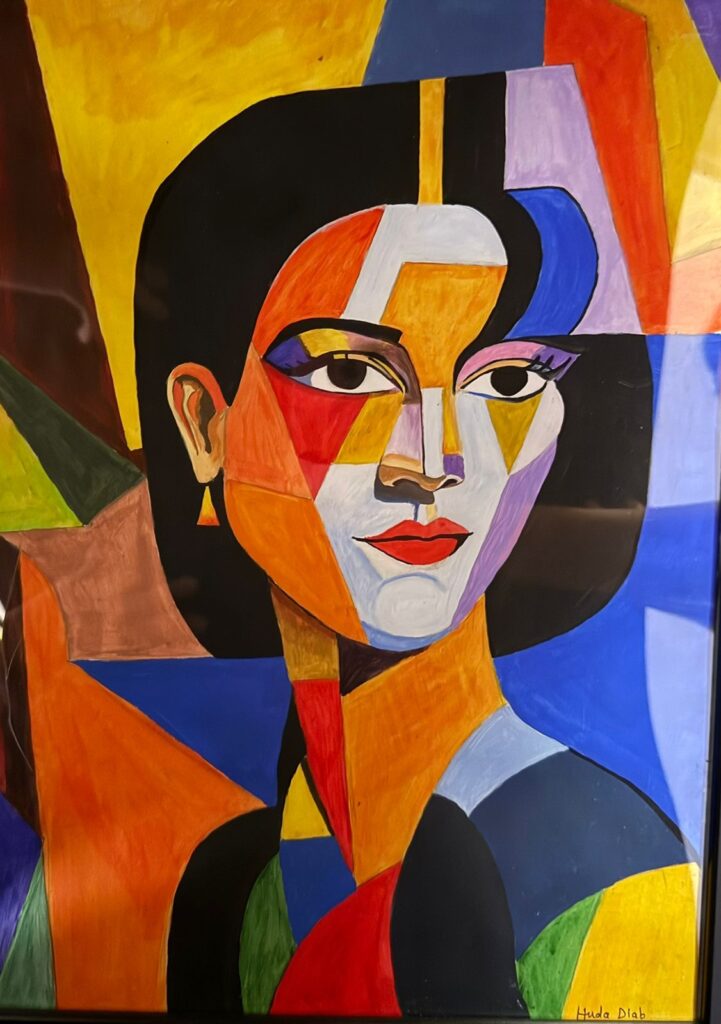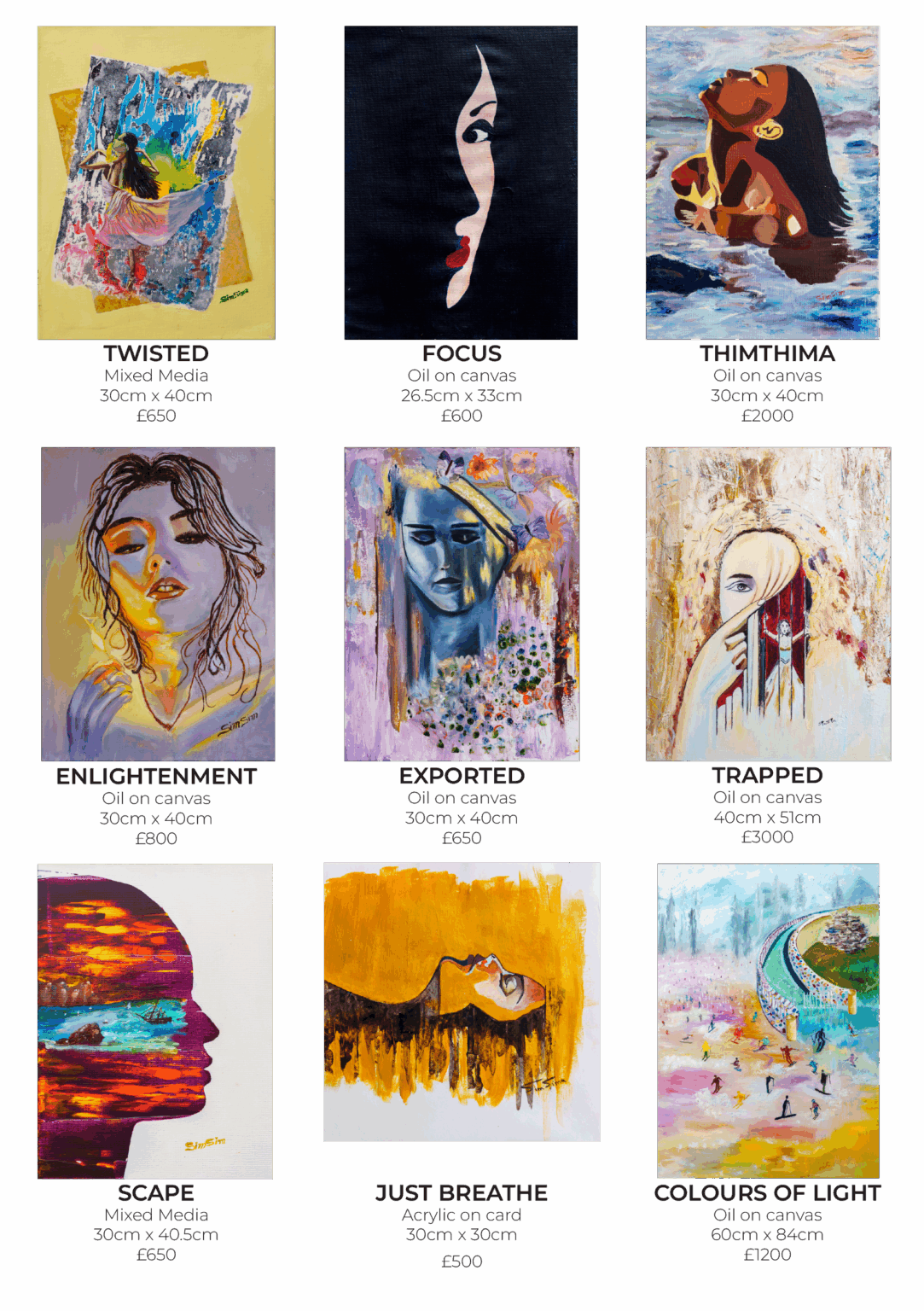Francesco Tramuta
SOLO EXHIBITION 6th & 7th OF DECEMBER 2025
Sicilian-born artist who has lived and worked in France for the past 29 years. During that time, he has participated in numerous solo and group exhibitions, developing a distinct visual language that bridges illustration and fine art. Francesco’s paintings are rooted in a comic-book figurative style, where the drawn line remains a central element even in his oil works. Much like in illustration, his compositions are bold yet intimate, exploring themes of identity, memory, and everyday narrative with clarity and emotional resonance. Francesco’s practice blends traditional techniques with deeply personal narratives, reflecting on memory, identity, and landscape through a contemporary lens. His paintings invite a quiet, introspective experience rooted in his Mediterranean heritage yet strikingly universal.
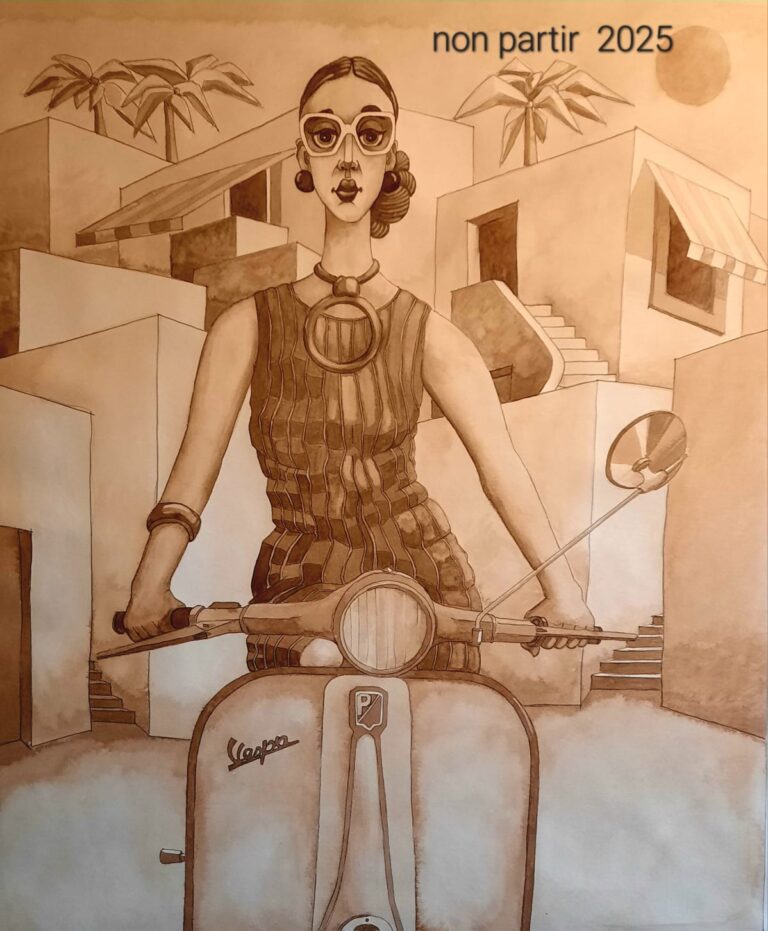
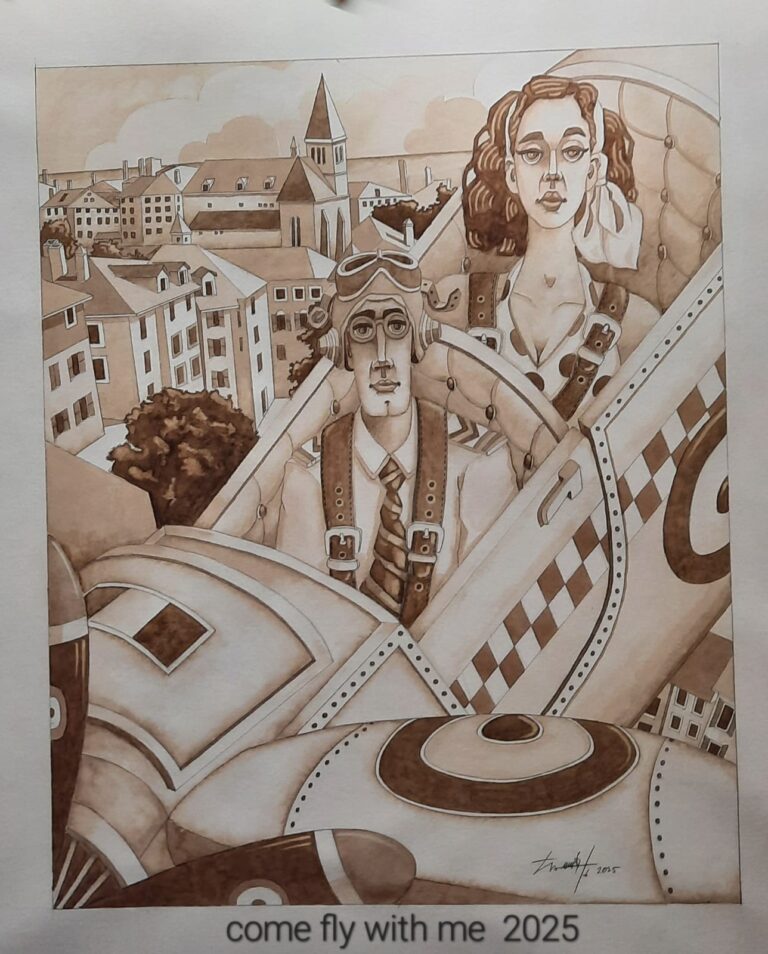
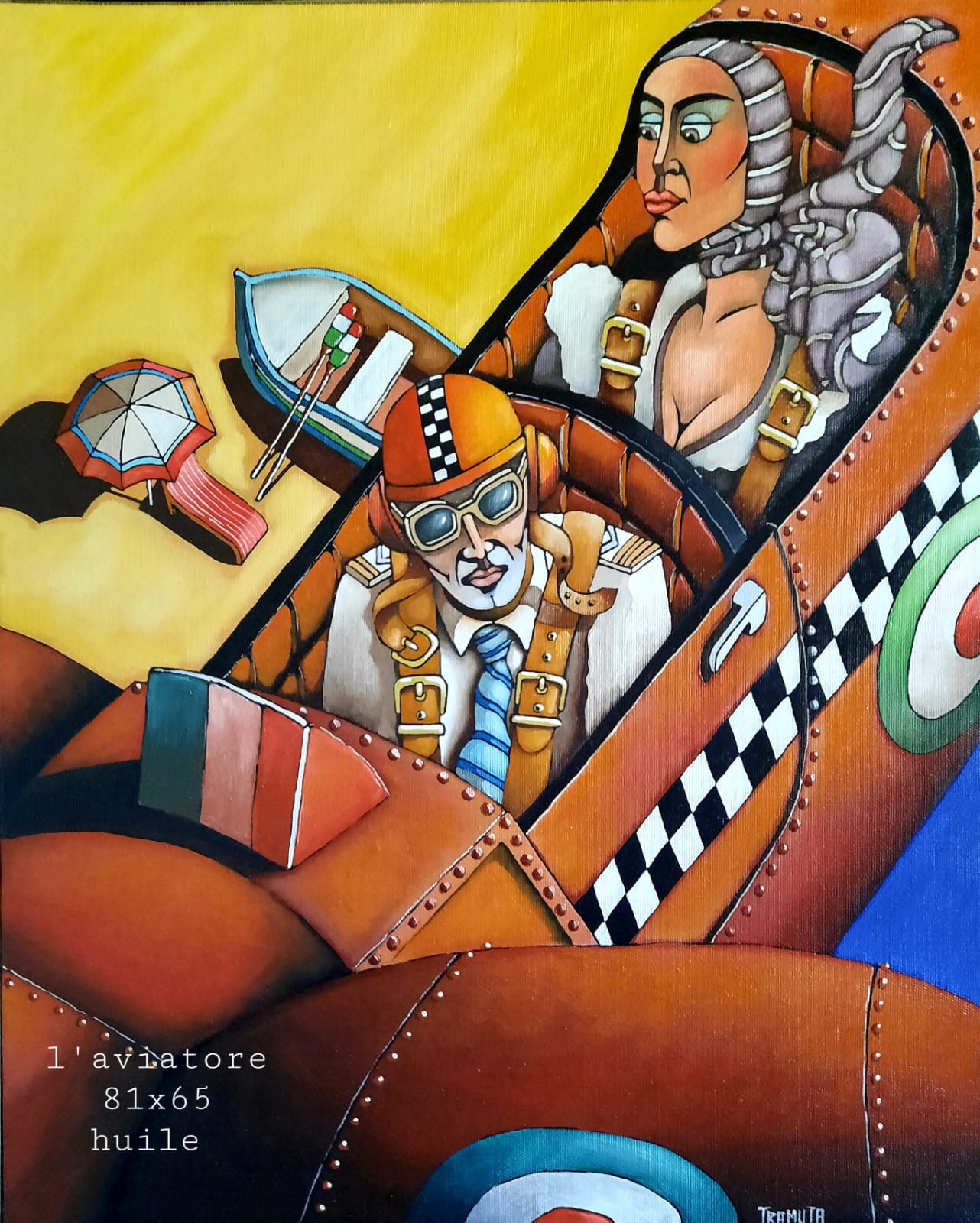
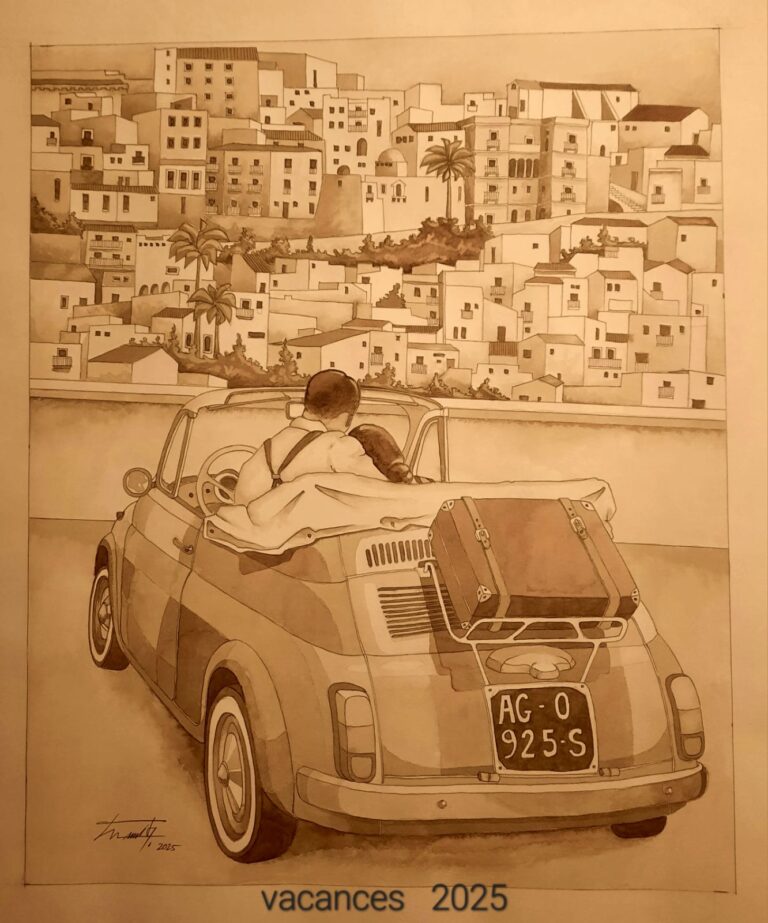
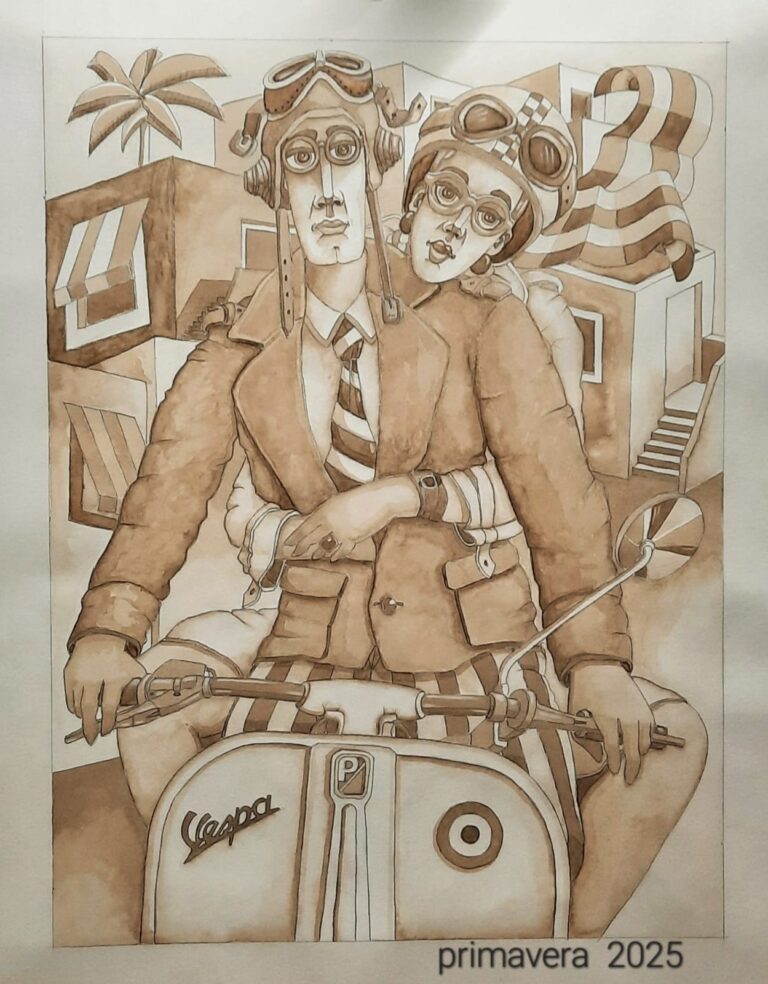
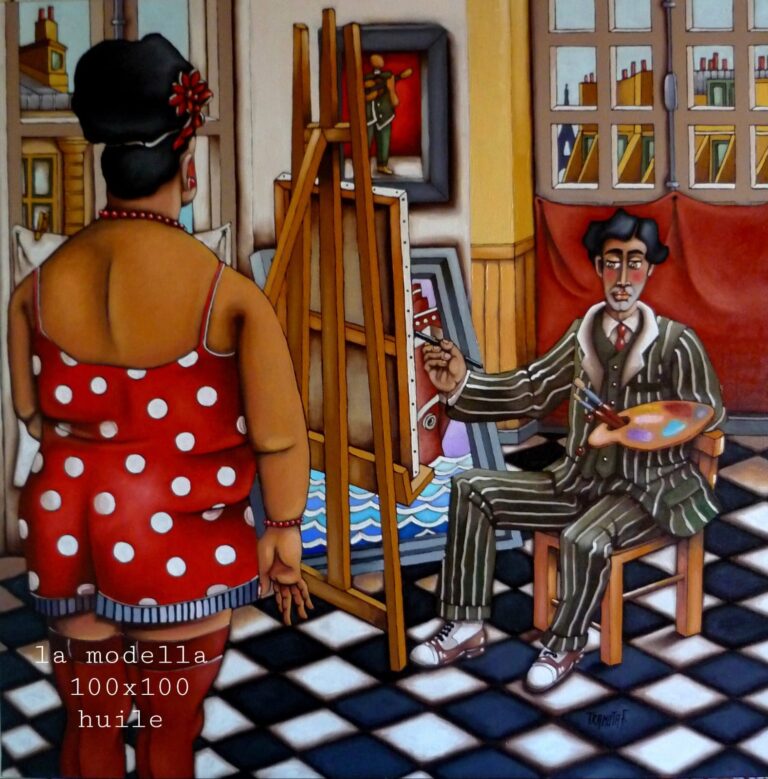
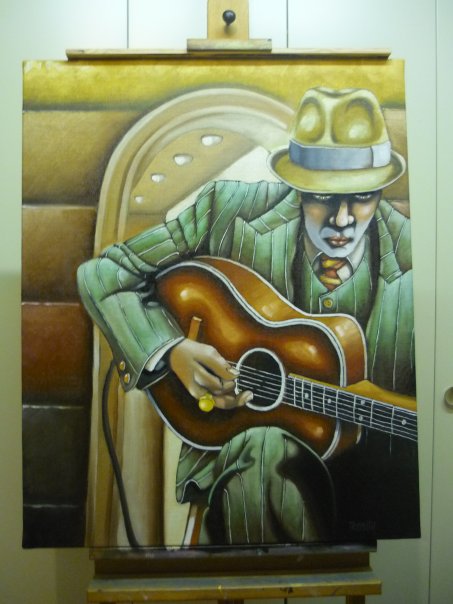
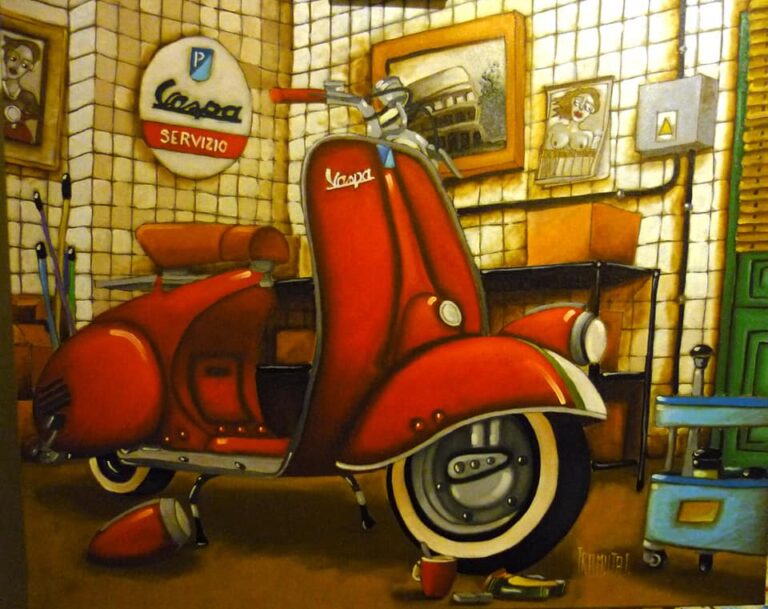

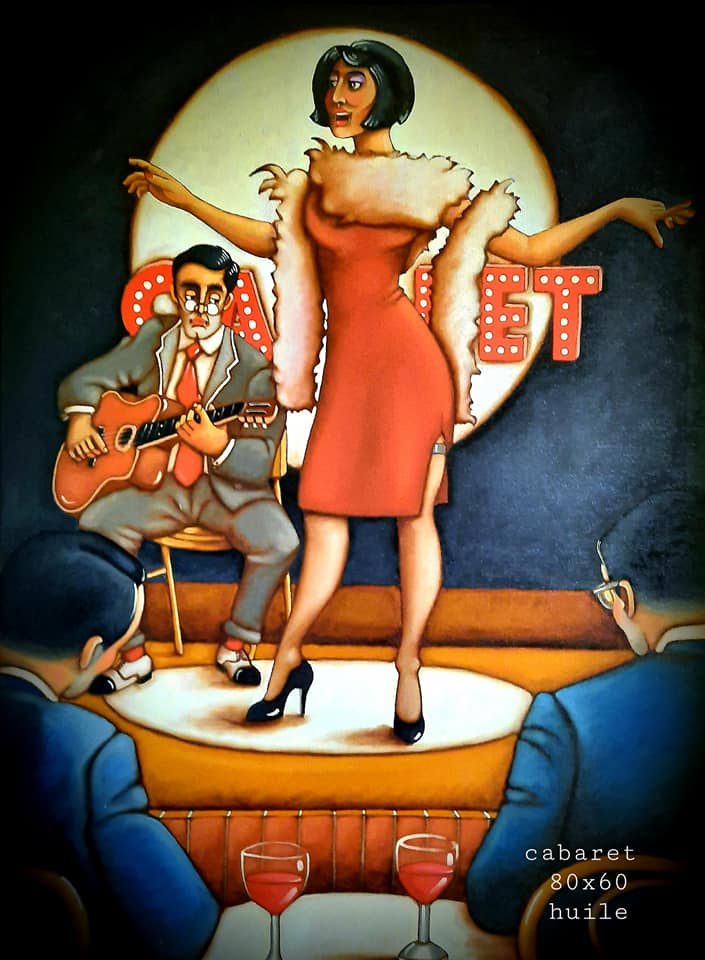
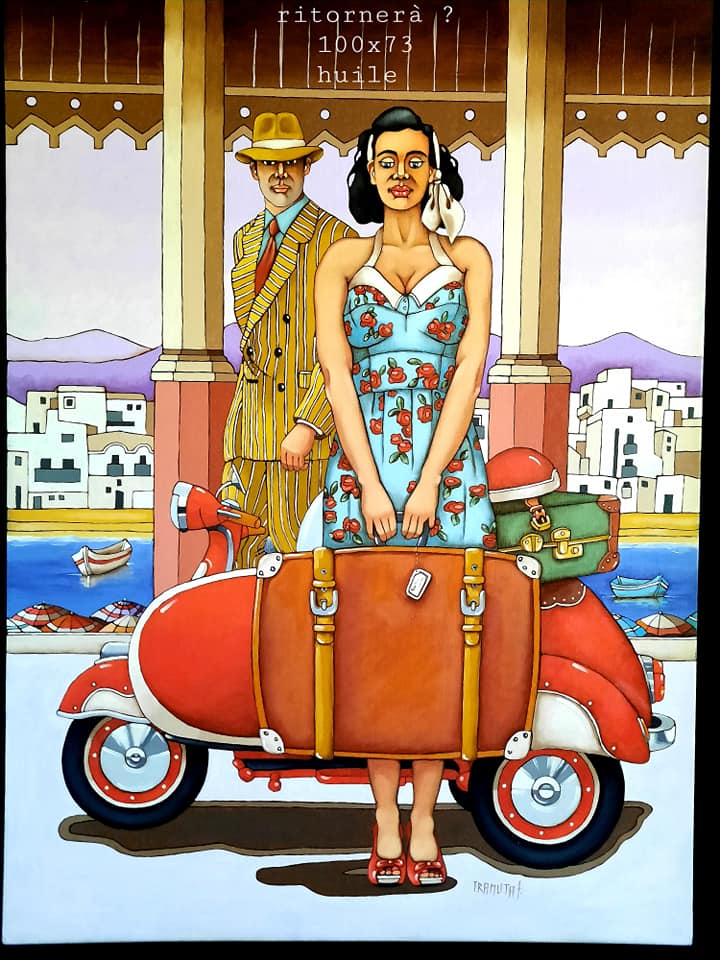
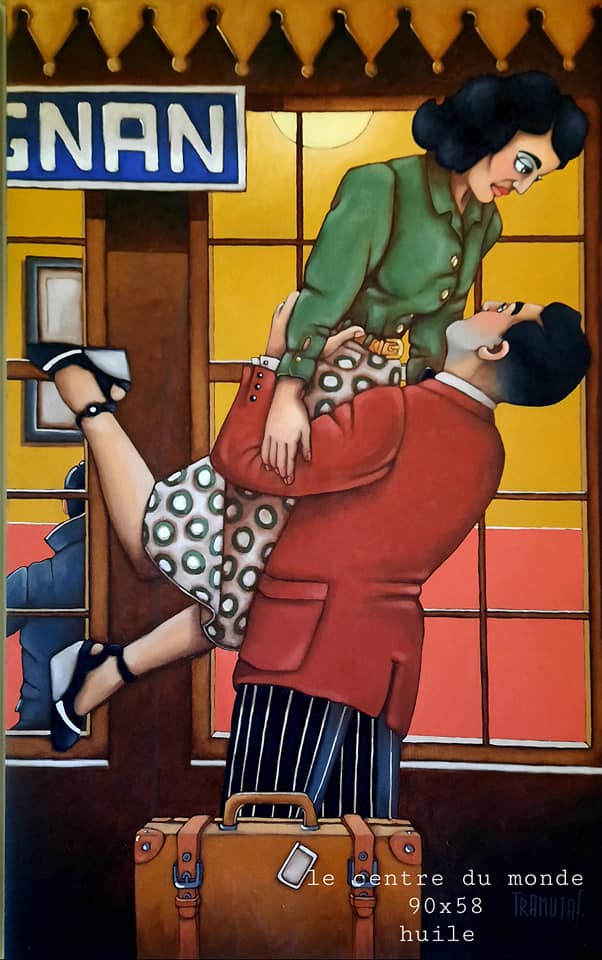
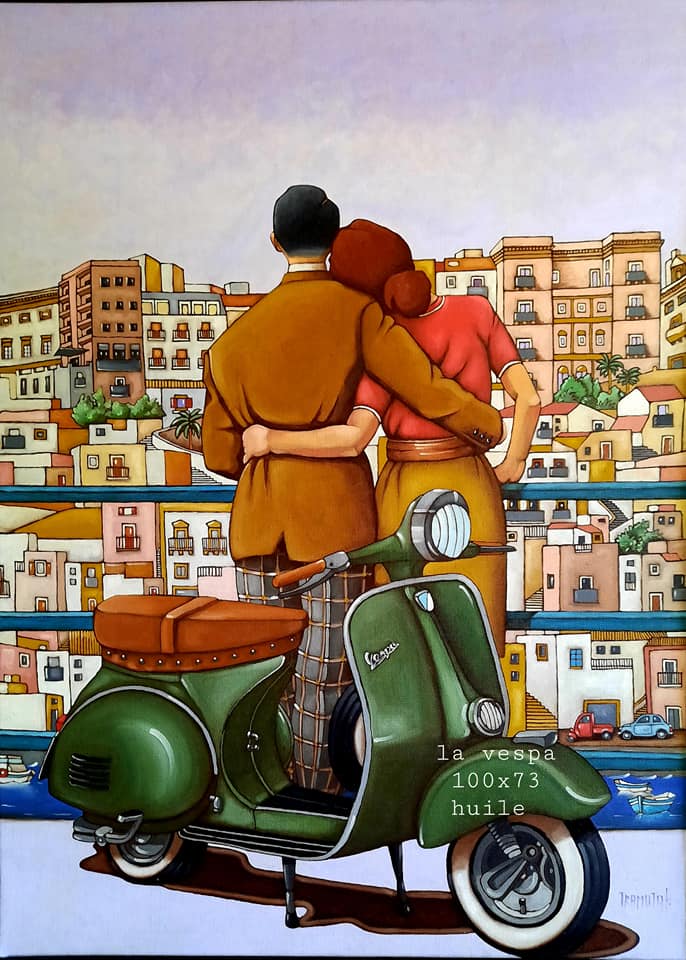
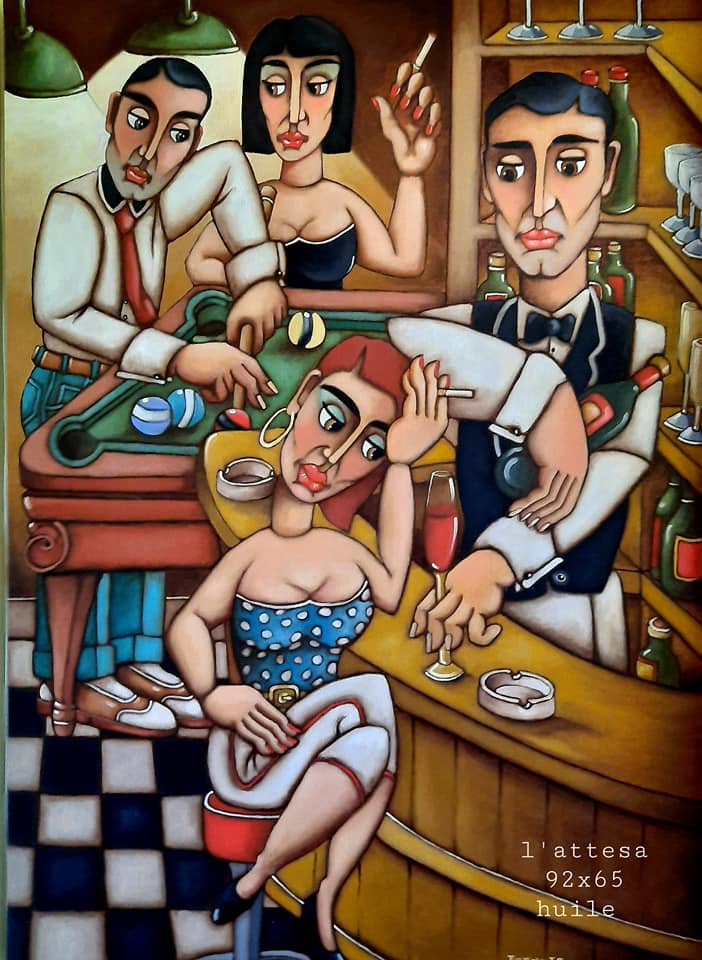
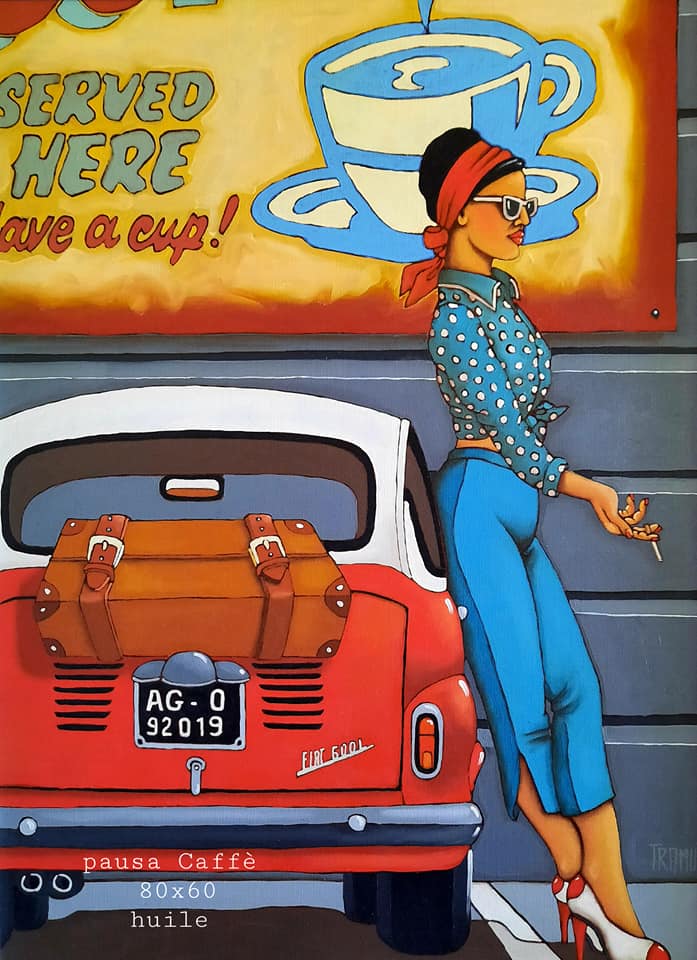

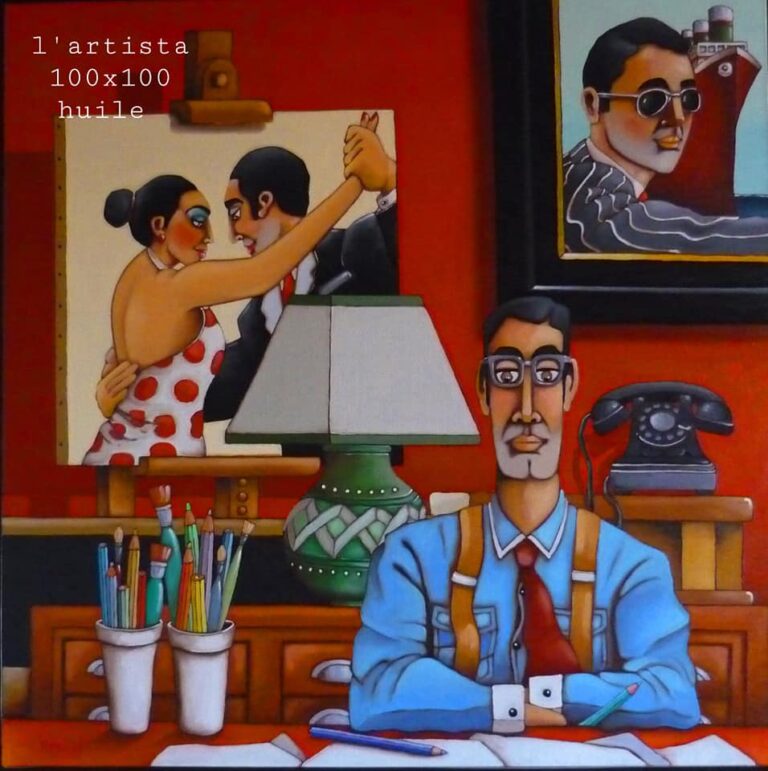
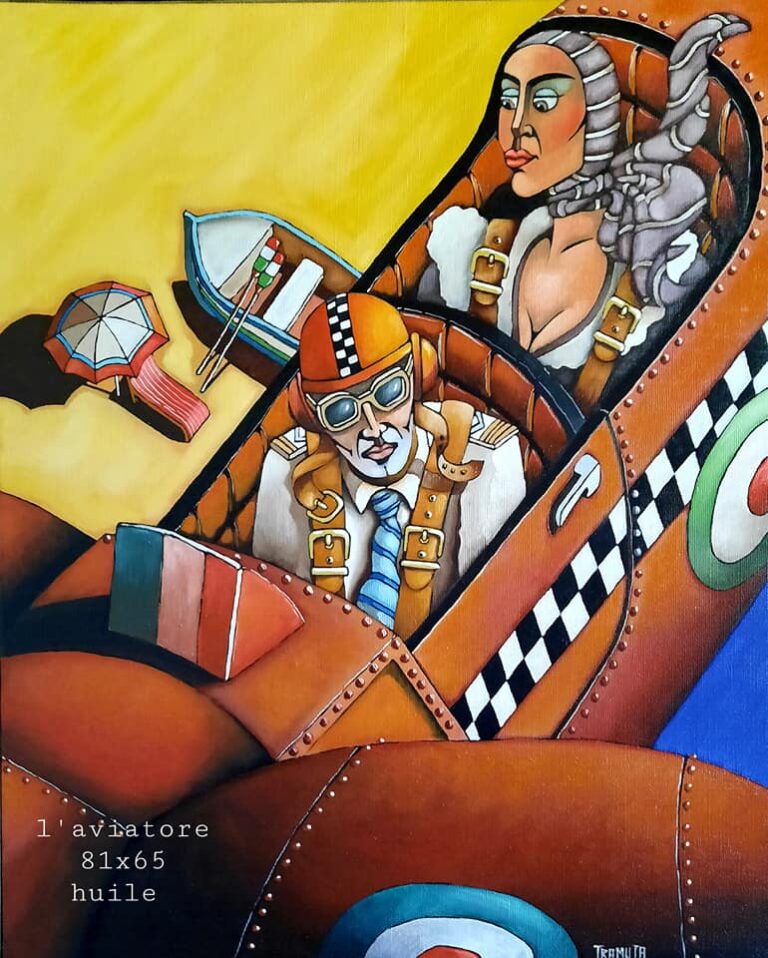

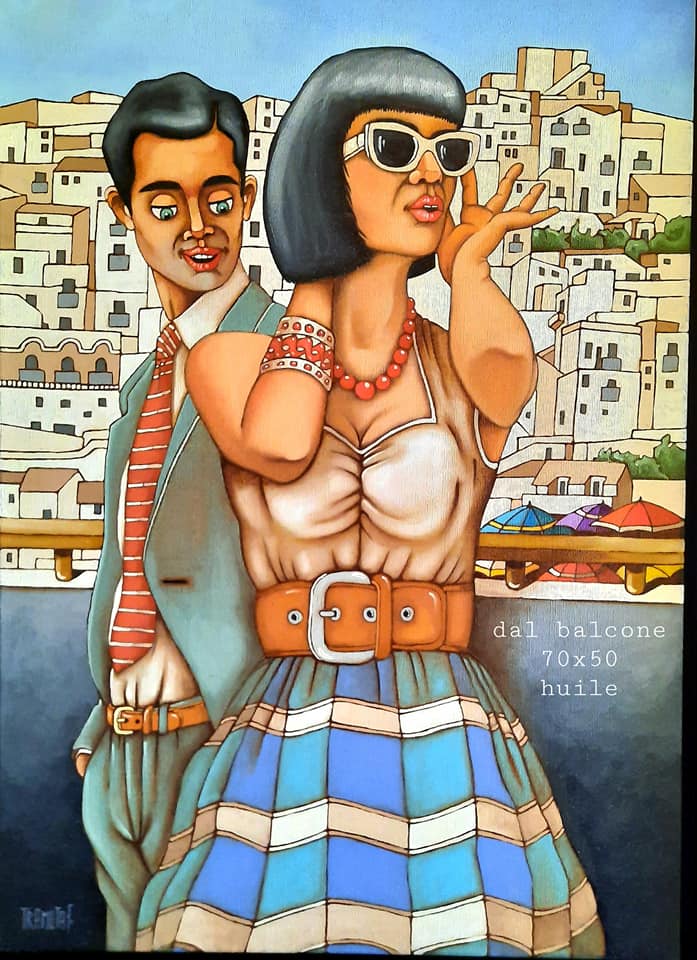
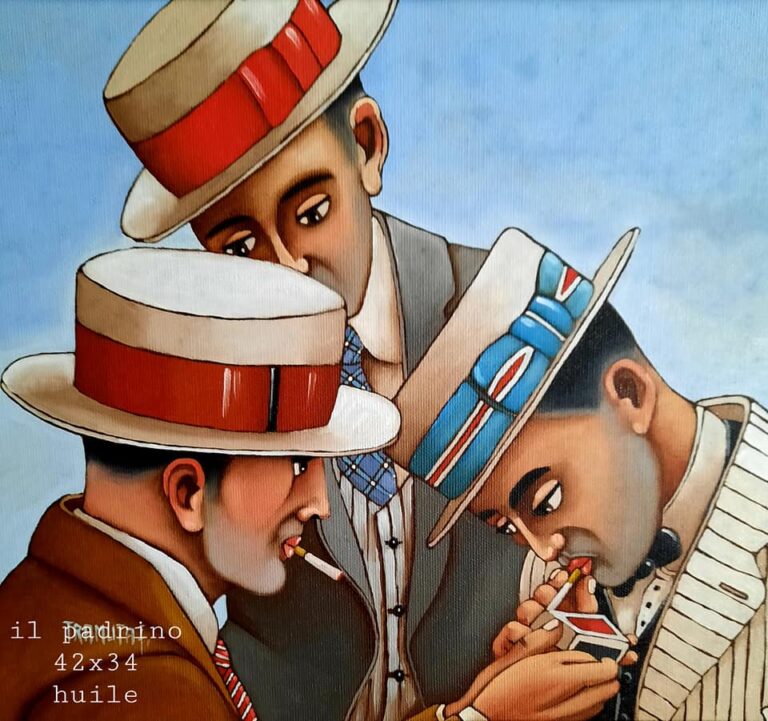

6 London Artists Exhibition
15-22 NOVEMBER 2025
Susan Alexander
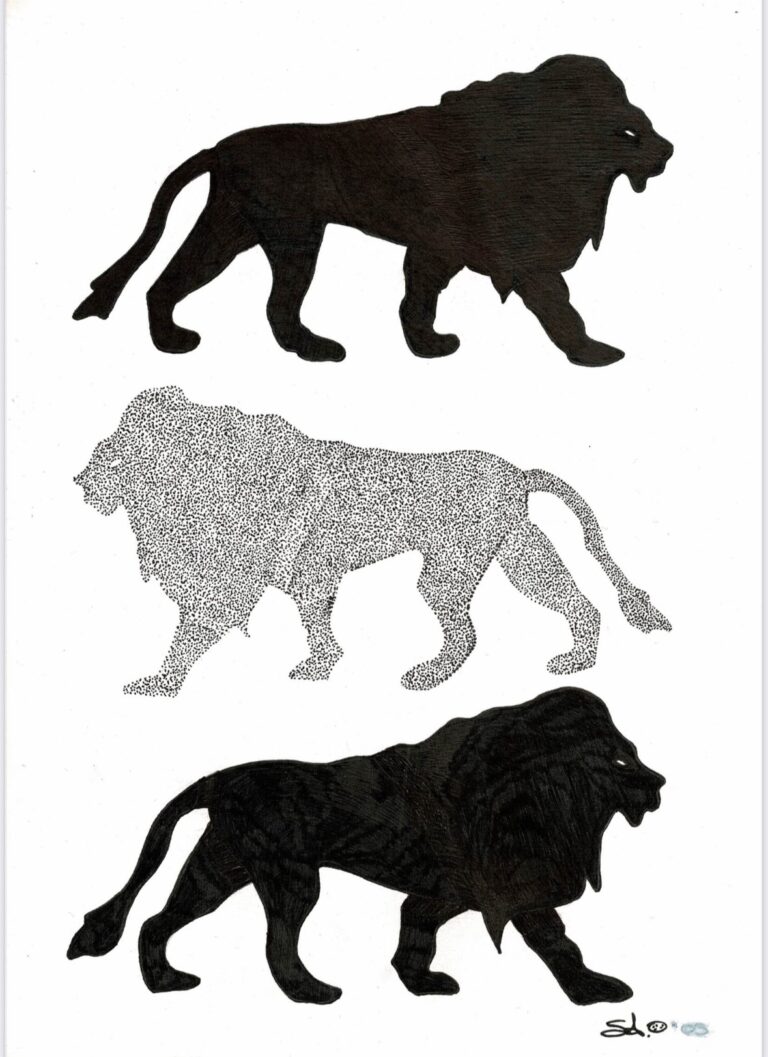
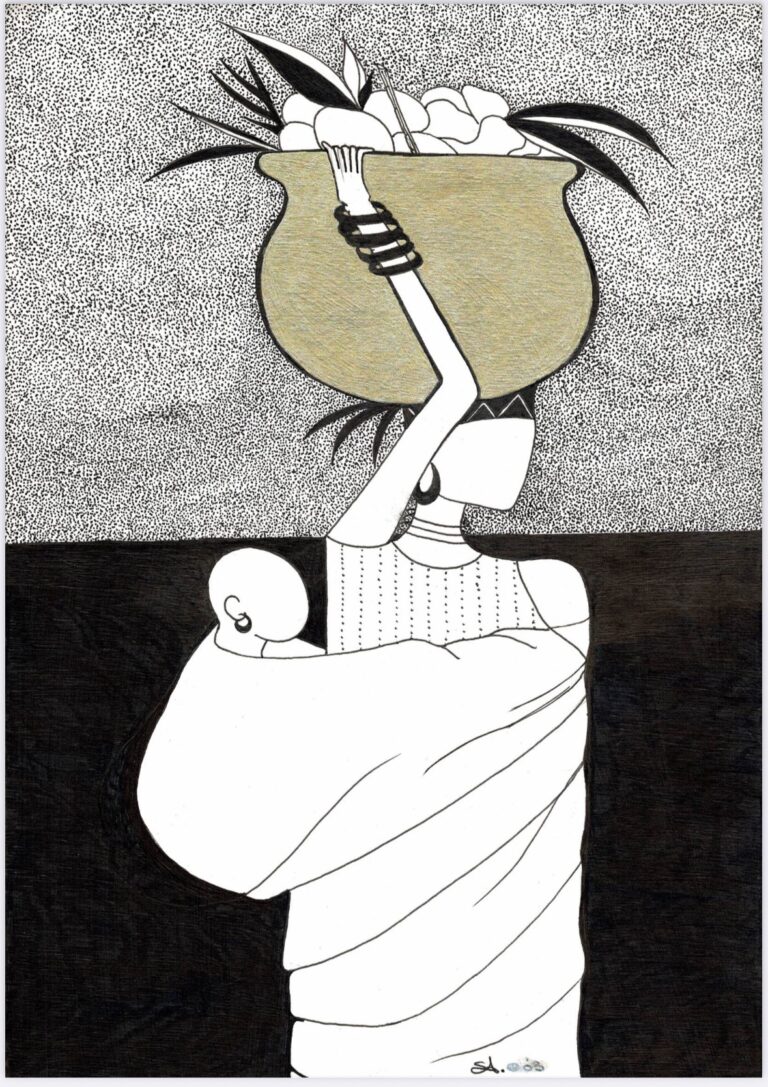
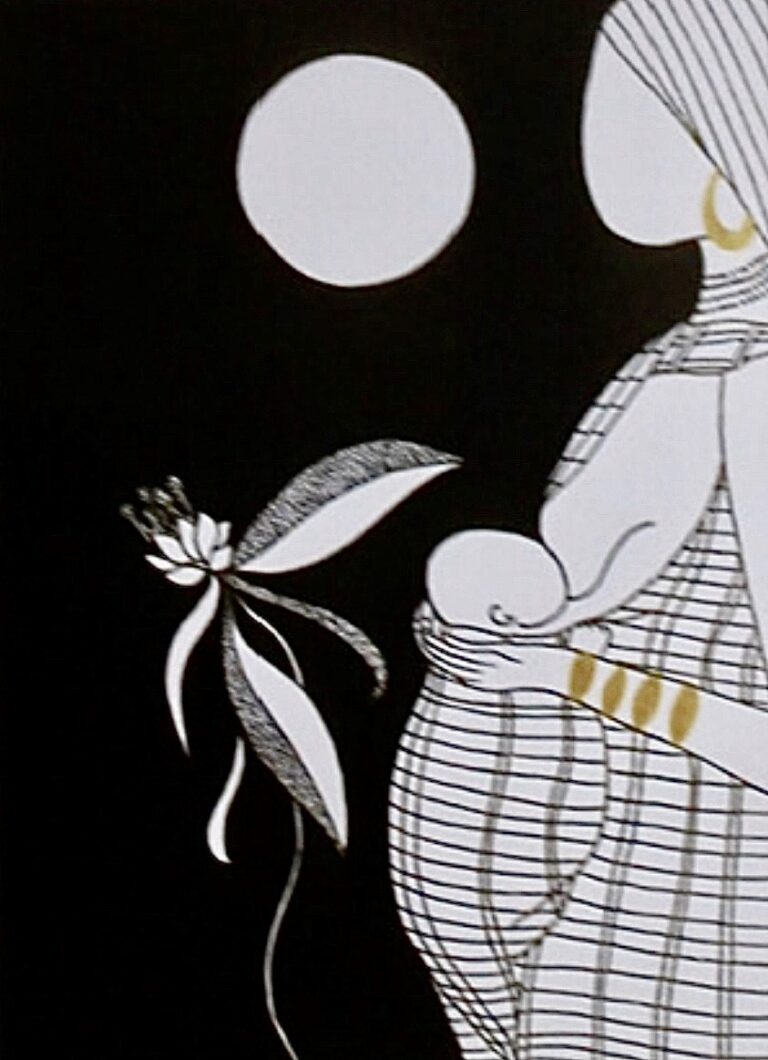
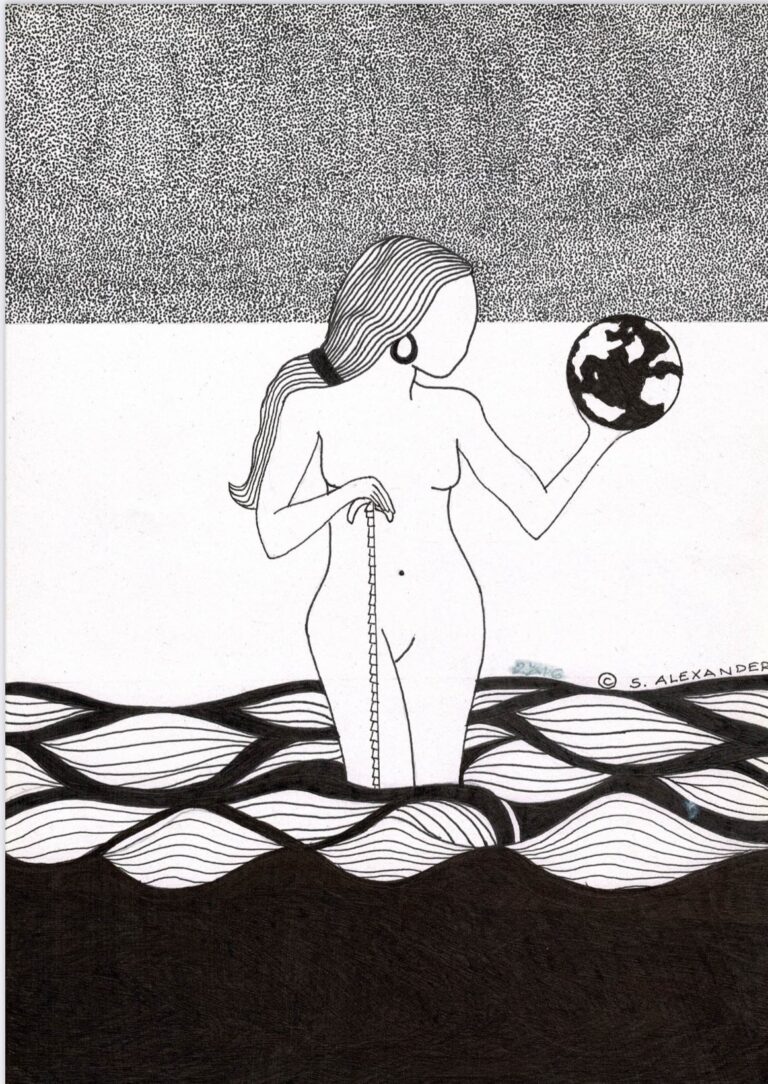
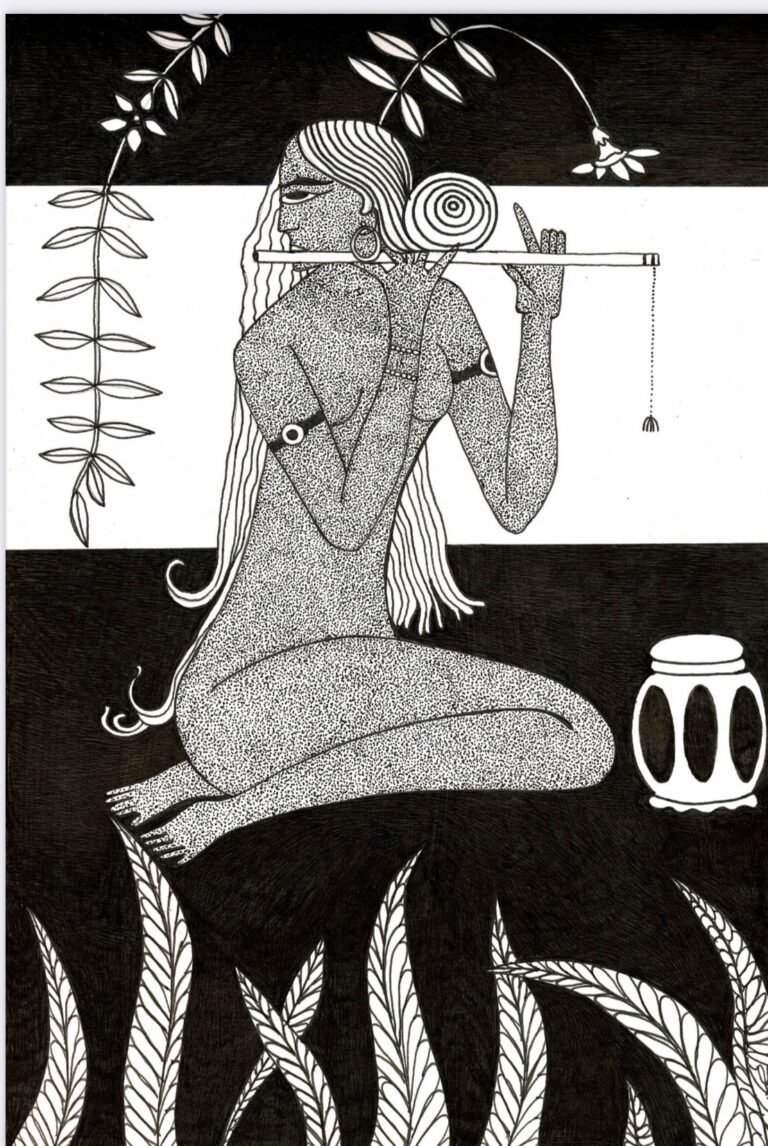
I am known for my Black & White work and also work in colour. I have an extensive backround in Therapeutic Art, Visual displays, Human Rights Issues and Community Development. I am currently open to commissions. The mediums i use are acrylic and ink on canvas, textile and lino printing. The 2 hour Art Workshops are themed depicting a different famous artist, past and present, where you will be able to take home a painted canvas ready to hang. I am currently working on a project for Womens International Day March 2026.
Instagramsusan_alexander_artist
Iain Chara Kane
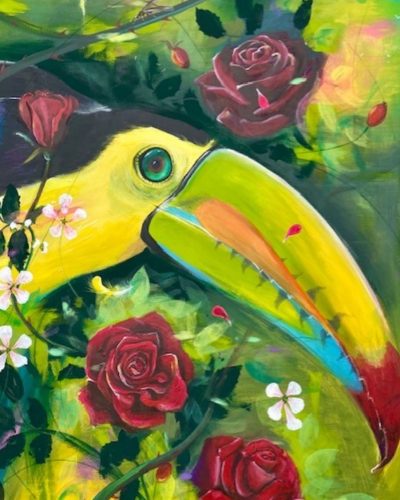
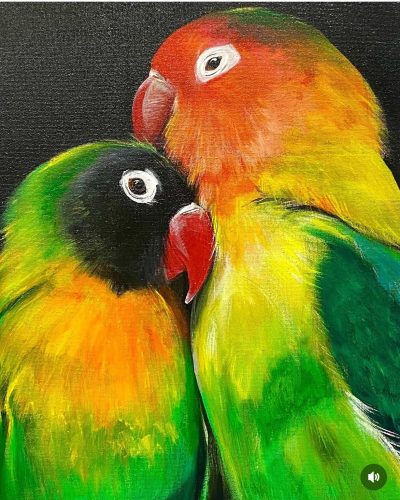
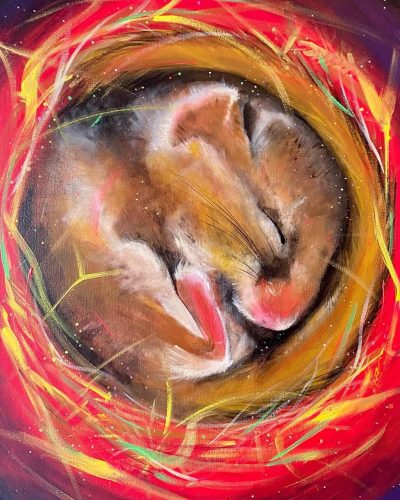
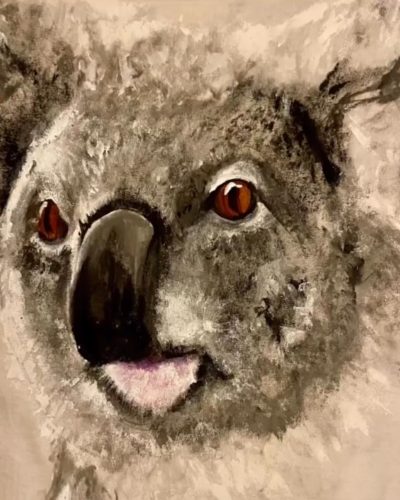
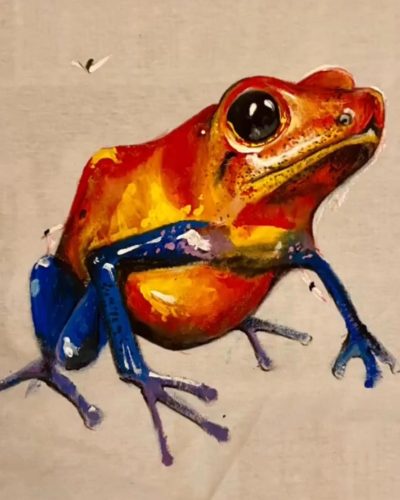
Born in London, attended Uxbridge College and Telford College Edinburgh. Became an interior design project manager before leaving that job to travel and start painting in 2016. Currently painting flora and fauna as a lifelong nature geek, but learning lots of new things each weeK. Recently joined the Society of Ruislip Artists.
Contact
chara_kane@yahoo.co.uk
Johanne Narayn
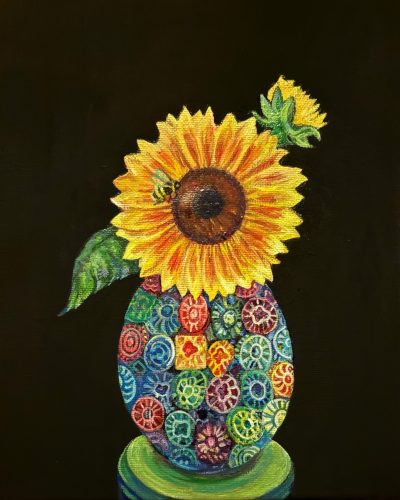
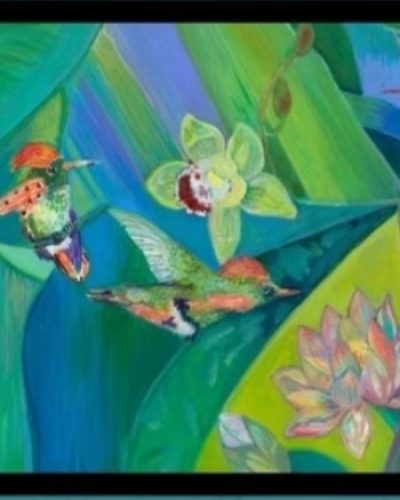
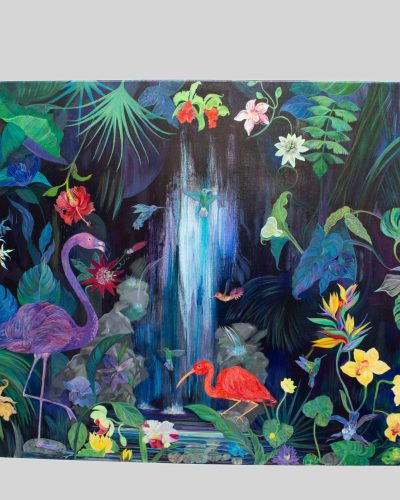
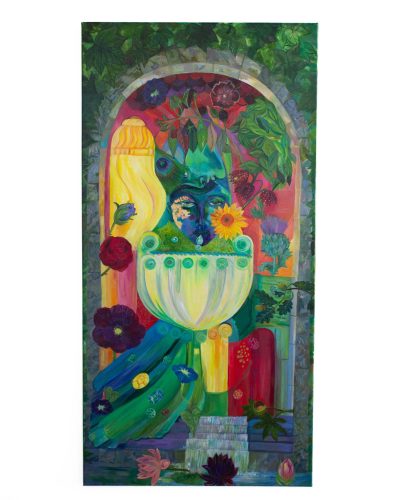
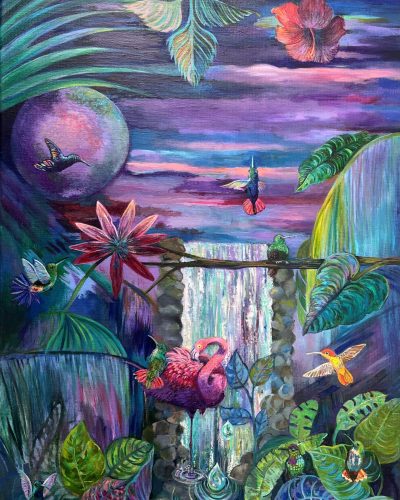
Biography
Much of my artwork explores cultural identity, inspired by my Trinidadian and Irish heritage. My journey began in childhood with a treasured gift – a pencil engraved with my family name and the magical word emporium. It sparked a lifelong love of drawing and storytelling.
I grew up surrounded by vibrant influences: the jewel-like hummingbirds and lush landscapes of Trinidad, the folklore and wild beauty of Ireland, and the flowers my mother grew specially for me to paint. Encouraged by family and inspiring teachers, I studied both Graphic Design and Fine Art, developing a style that blends imagination with strong composition.
After college, I exhibited widely while working at British Airways, where travel continued to fuel my creativity. Twenty years of teaching art to diverse learners deepened my understanding of the power of visual expression.
Since 2016, I have worked full-time as a freelance artist and illustrator. My tropical, expressive paintings often feature flamingos and hummingbirds – joyful symbols of heritage, imagination, and connection. Looking ahead, I am excited to return to figurative work in both imaginary and real settings, continuing to express natural beauty in full colour.
Hoda Hoteit
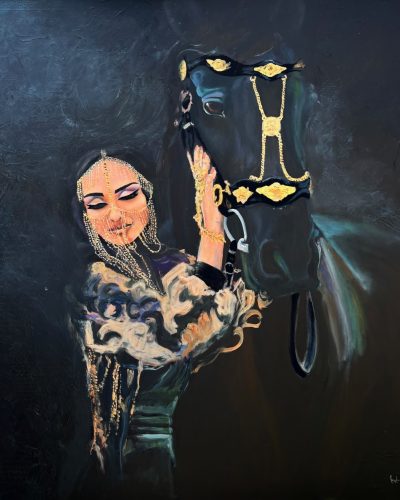
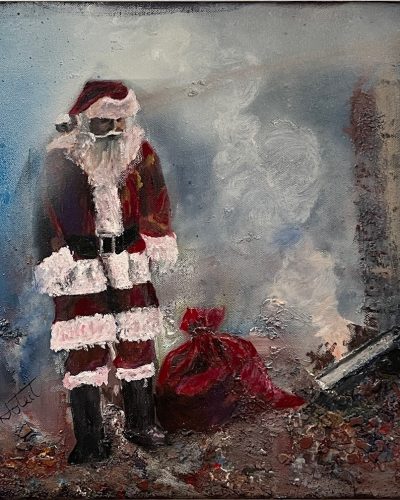
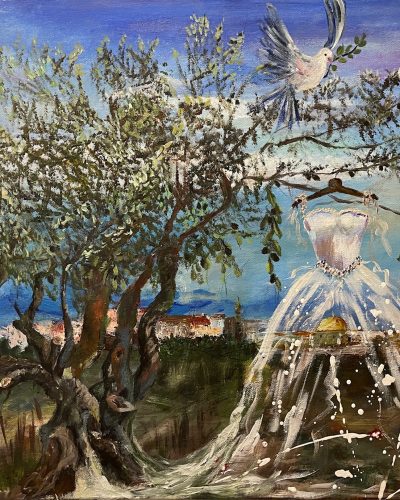
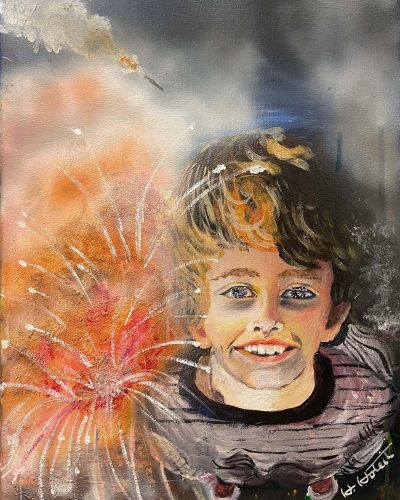
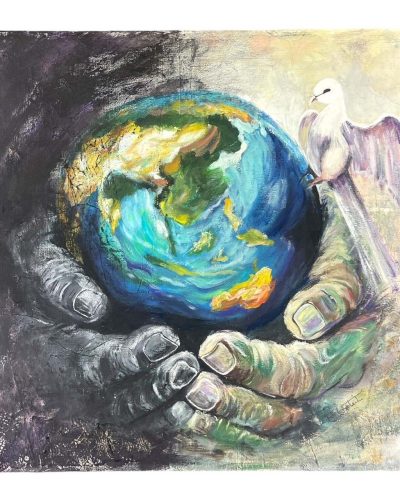
Lisa Enright
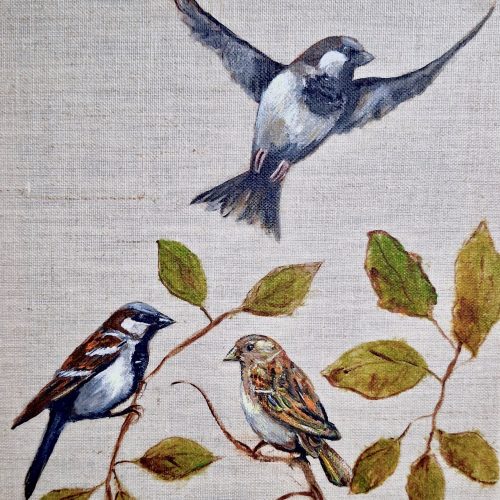
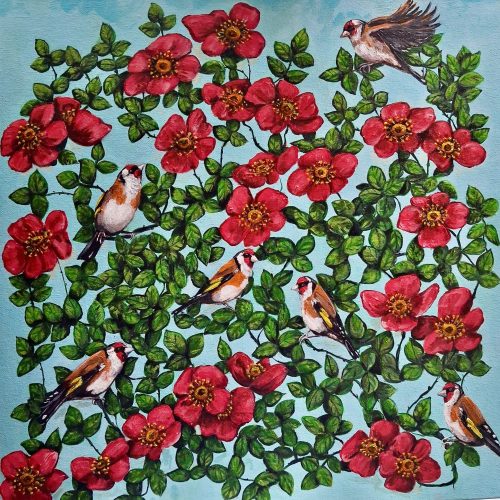
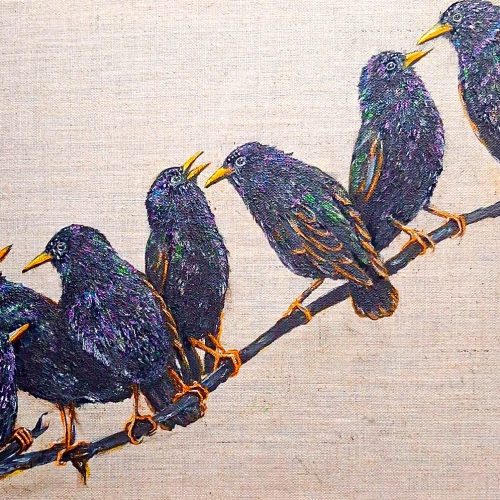
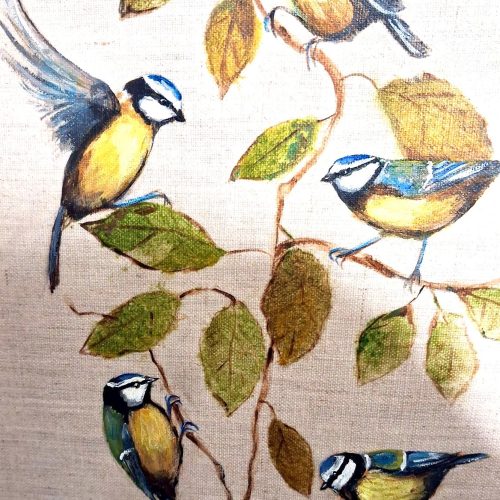
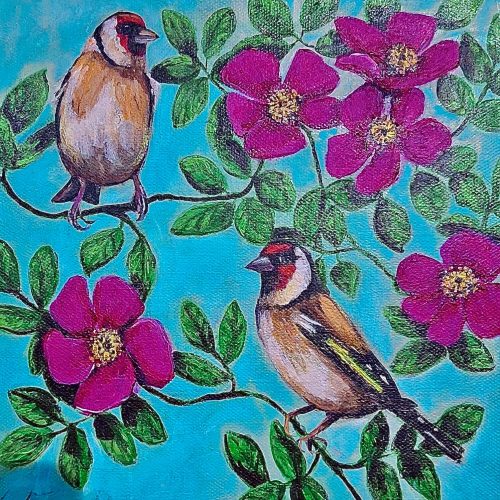
Rosemary Whittle
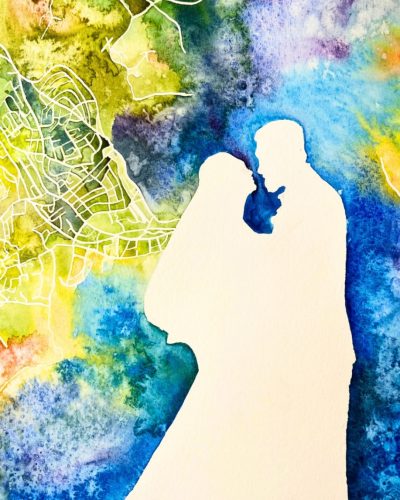
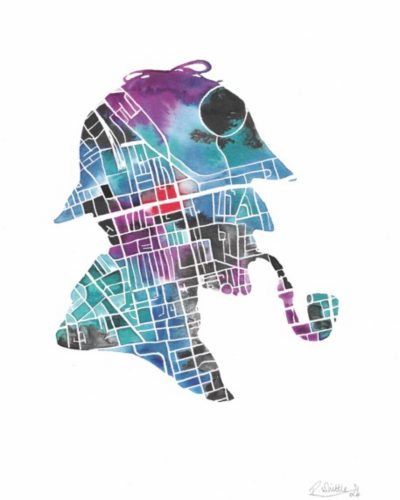

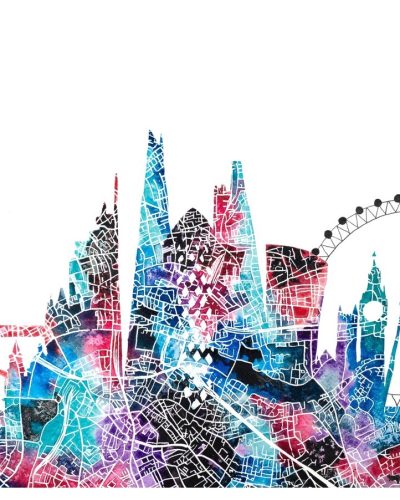
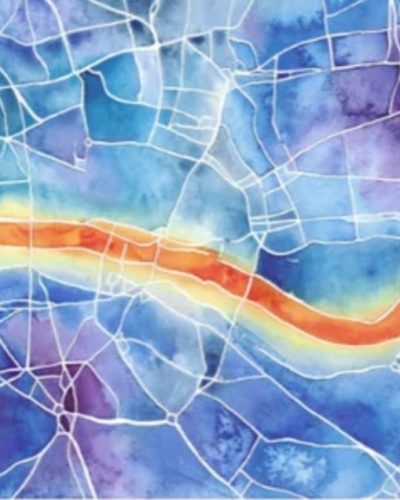
Biography
Rosemary has always had a fascination with maps, viewing them not merely as tools for navigation but as representations of places to explore and memories to cherish. She uses colour and line to delve into the shapes of maps, tracing the contours of roads and the marks humanity has left on the earth. For her, colour is essential, and she delights in experimenting with combinations and schemes that transform maps into works of art, far removed from the dusty old A to Z guides languishing in car glove boxes.
She studied at Falmouth University College before earning her Fine Art degree from Brighton University. After a period away from painting, she has recently returned to the canvas, immersing herself in the intricate world of maps and watercolours. Her artistic process is meticulous and time-consuming; each map is drawn twice to achieve the desired effect in the final artwork.
She employs watercolours and inks in her creations, layering and blending colours to discover new effects. Her dedication to her craft is evident in the careful attention she pays to each piece, ensuring that every map is not just a depiction of geographical locations but a vibrant, expressive work of art. Through her unique approach, she breathes new life into the concept of maps, transforming them into captivating visual stories that invite viewers to explore and reminisce.
Rosemary is available for commissions and work is also available to purchase via her website, rosemarywhittle.co.uk
Sumaiah Batterjee
SOLO EXHIBITION 8 - 10 AUGUST
An artist who transforms emotion into colour, and colour into story.
With a brush guided by feeling, Sumaiah paints not by rule or movement, but by the rhythm of her own inspiration, free from the constraints of any singular artistic school.
Her canvases echo with the silence of night, the spirit of horses, and the subtleties of human experience, scenes that honour the timeless beauty of painting itself.
Colour becomes language in her hands, shifting with each emotion and captured through expressive, soulful strokes.
“Read My Mind If You Can” – Sumaiah Batterjee
Nadira Azzouz
SAMPLE EXHIBITION 8-10 AUGUST
Nadira Azzouz (1927–2020) was an Iraqi artist known for her vibrant and expressive paintings that blended international modernism with distinctly Iraqi cultural influences. Here’s a detailed overview of her life and work:
Biography
– Early Life & Education*: Born in Mosul, Iraq, Azzouz began painting at the age of six. She studied fine art at the School of Domestic Fine Arts in Baghdad (1944–1949) and later earned a BA in Painting from the Central School of Art in London (1957–1960).
– Career: She held her first solo exhibition in Baghdad in 1960 and became an active member of the Society of Iraqi Plastic Arts. She further honed her skills in still life and freehand drawing in Cambridge before relocating to Beirut to raise her children .
– Later Years: Due to the Lebanese Civil War, she moved to London in 1980, where she continued to paint until her death in December 2020.
Artistic Style & Themes
Azzouz’s work is celebrated for its:
– Cultural Fusion: Her paintings reflect 20th-century international modernism while incorporating Iraqi identity through influences like ancient Mesopotamian sculpture, medieval Arab manuscripts, and folk motifs from textiles and handicrafts.
– Feminine Touch: Critic Jabra Ibrahim Jabra noted her “peculiarly feminine” use of color and composition, describing her work as “lyrical” and “diaphanous,” with emotional intensity akin to “burning coals” .
– *Optimism & Dynamism*: Her later works exude joy, often depicting dancers, family portraits, and landscapes with bold colors and abstract forms that evoke music and movement .
Exhibitions & Legacy
– Key Shows: Azzouz exhibited widely, including solo shows at Beirut’s Gallery One (1965 and 1974), and participation in the influential 1988 exhibition Arab Women Artists in the UK.
– Collections: Her works are held by the Barjeel Art Foundation (Sharjah) and private collections globally.
– Posthumous Recognition: Recent auctions and exhibitions, such as Moments in Time (2022) and Expressions of the Soul (upcoming studio sale in 2024), continue to highlight her contributions.
Azzouz’s work bridges Iraqi heritage and global modernism, offering a unique perspective shaped by her transnational life and artistic evolution. For deeper exploration, her studio sale in November 2024 will feature 202 lots spanning her career.
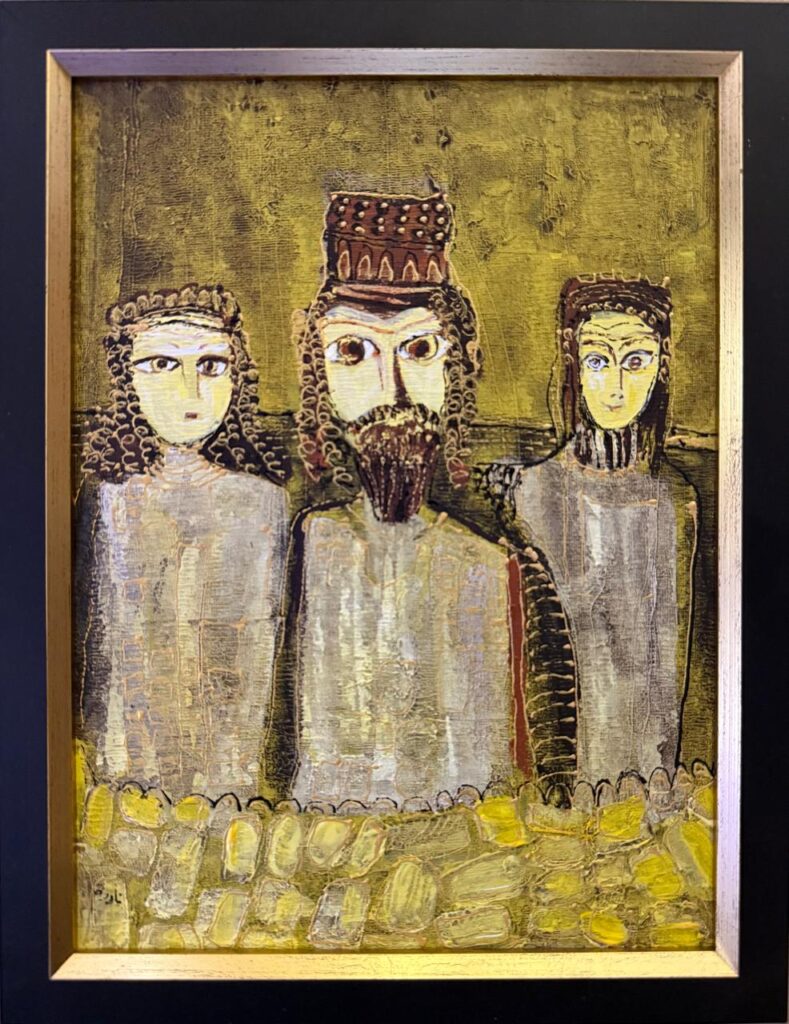
Rakan Dabdoub
SAMPLE EXHIBITION 8-10 AUGUST
Biography
Rakan Dabdoub was born in 1941 in Mosul, Iraq. He completed his studies at the Institute of Fine Arts in Baghdad in 1961, later earning his bachelor’s degree. His artistic journey took a pivotal turn when he joined the Academy of Fine Arts in Rome, where he graduated after intensive training in drawing and sculpture. His time in Rome marked a departure from the strict formalism he encountered in Baghdad and led to the formation of his distinctive artistic voice.
During the 1960s, Dabdoub gained recognition through his participation in the Exhibition of Arab Artists in Rome and other international platforms. Upon returning to Iraq, he became a professor at the University of Mosul in the Engineering Department, a position he held until his retirement in 1993. Following his academic career, he remained deeply engaged in the art world, continuing to paint and exhibit widely both within Iraq and internationally.
Artistic Style and Themes
Dabdoub began his artistic practice with wood carvings during his early years in Rome. These roots left a strong impression on his later paintings, which are often described as “painted carvings” due to their visual depth and structural strength. His use of bold brushwork and dense color palettes—especially in warm tones like orange and yellow—gives his work a striking three-dimensional quality.
Themes of memory, place, and identity run throughout Dabdoub’s work. Deeply inspired by the light and shadows of his hometown, Mosul, his compositions often reflect Arab cultural motifs and symbolic elements. His canvases frequently feature graffiti-like inscriptions, symbolic shapes, and figurative forms, all framed in a way that creates the illusion of a frame within the painting. His ability to infuse space with emotion allows viewers to feel immersed in his layered and atmospheric compositions.
Exhibitions and Legacy
Rakan Dabdoub has exhibited extensively over several decades. His exhibition history spans solo and group shows across Iraq, Europe, and Asia. Notable milestones include:
1962 – Participated in an exhibition in Rome, winning the Dante Award and placing second in the San Vito Romano competition
1965–1976 – Participated in several major exhibitions including the National Museum of Modern Art in Baghdad, the Thai Exhibition in New Delhi, and the Cagnes-sur-Mer exhibition in France.
1973–1987 – Contributed to exhibitions such as the One Dimension group in Baghdad, Al-Wasiti Festival, and Al-Thawra newspaper’s cultural events.
1987 – Held his 22nd solo exhibition at Al-Riwaq Hall during the Art Day at the Saddam Center for the Arts.
1989 – Received the State Award for Arts and Literature in Iraq.
1993 – Participated in the Babylon International Festival following his retirement.
His works were consistently shown at key national venues such as the National Museum of Modern Art in Baghdad and Al-Riwaq Hall, securing his status as one of Iraq’s prominent modern artists.
Notable Sales and Recognition
Rakan Dabdoub’s works have not only been widely exhibited but also acquired by collectors and institutions. His ability to synthesize cultural memory, formal innovation, and expressive technique has earned him a distinguished place in the canon of Iraqi modern art. His receipt of the State Award for Arts and Literature in 1989 underscores the national recognition of his artistic contributions.
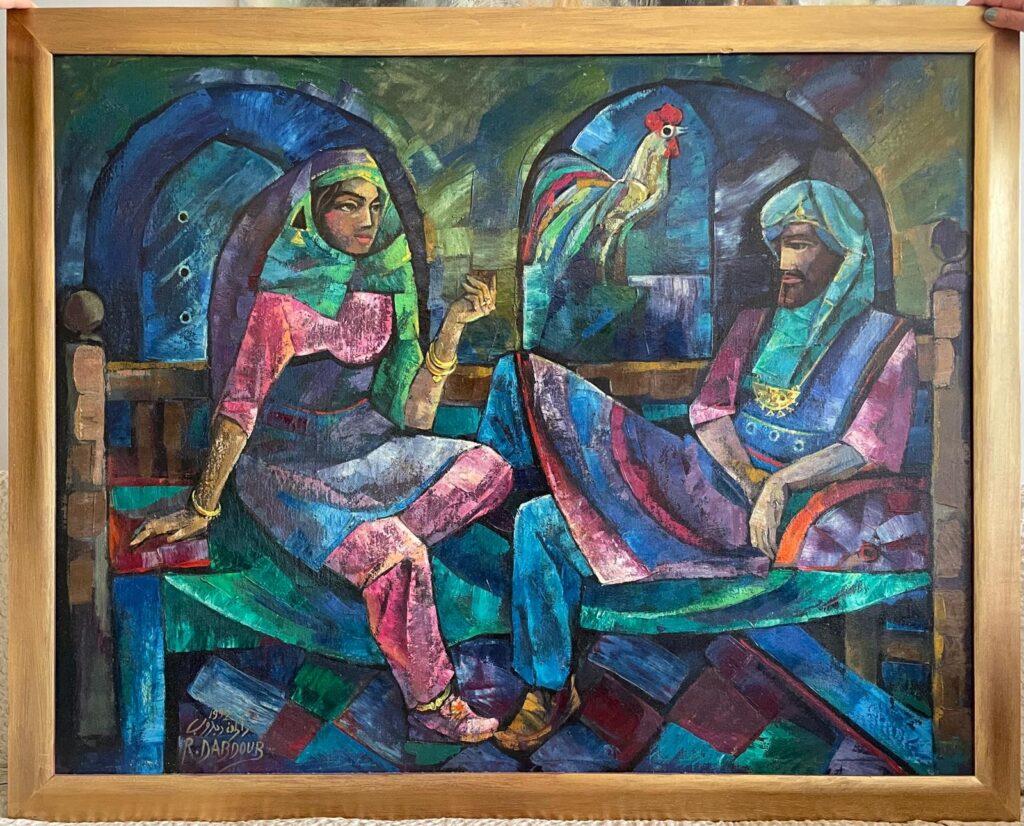
Huda Diab
SAMPLE EXHIBITION 8-10 AUGUST
Huda Diab is a Syrian-born artist, originally from Damascus, where she was born in 1979. From a young age, she displayed a deep passion for drawing, initially working exclusively with pencil. After pausing her artistic journey to focus on raising her three children, Huda returned to art 18 years later with renewed dedication and purpose.
She pursued formal training by completing Level One, Two, and Three art courses at college, where she discovered a profound love for painting. This education reignited her creativity and inspired a commitment to exploring diverse artistic styles and subjects. Huda challenges herself to paint in various techniques, often beginning each piece with a clear vision of both the subject and the color palette.
Much of her work is influenced by cherished memories of Damascus, as she frequently revisits and reimagines the city’s historic and sentimental landmarks through her art. Her paintings have been exhibited and collected, with several pieces sold to private collectors.
